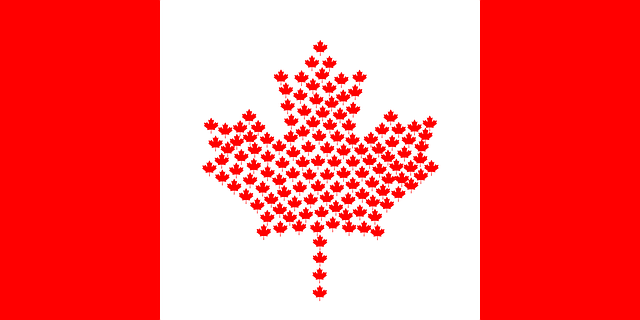On Friday, USD/CAD encounters new supply and is under pressure from several sources. The Canadian dollar is supported by rising oil prices, which serve as a drag on the US dollar’s mild decline. Fears of a recession and aggressive Fed predictions could help to support and limit Dollar losses.
At the 1.3600 round-figure level on Friday, the USD/CAD pair draws some sellers and maintains an offered stance into the early European session. The pair is now trading at the 1.3575 level, down little more than 0.10% on the day, but any further decline still looks elusive.
Notwithstanding the most recent optimism on a robust rebound in China’s fuel demand—the world’s top importer—crude oil prices have remained stable at the two-week high reached on Thursday. The commodity-linked USD/CAD pair is thus viewed to be supported by this, and this, together with a little decline in the US Dollar, puts some downward pressure on the USD/CAD pair. Nonetheless, mounting concerns that quickly rising borrowing rates may stifle global economic development and reduce gasoline consumption might limit increases in oil prices. In addition, hawkish Fed predictions favor the possibility of some USD dip buying emerging and could help to keep losses for the major to a minimum.

Recently published US CPI, PPI, and PCE Price Index data showed that inflation isn’t declining as quickly as anticipated. However, the recent positive US macro statistics, such as the Thursday Initial Jobless Claims, indicated a strong economy. Several FOMC members also supported the idea of raising rates further to rein in inflation that has remained persistently high and continues to support higher US bond yields. The rate-sensitive two-year Treasury note surged to levels last seen in July 2007 and the yield on the benchmark 10-year US government bond increased to its highest level since last November, which favors the USD bulls.
Apart from that, it is prudent to exercise care before making strong wagers against the USD/CAD pair due to rumors that the Bank of Canada (BoC) may suspend the cycle of tightening monetary policy, which was supported by the lower Canadian CPI data issued last week. So, it will be wise to hold off on making a final determination that the current upward trajectory seen over the previous two weeks or so has peaked unless there is substantial follow-through selling.
The publication of the US ISM Services PMI, scheduled for later during the early North American session, is presently being anticipated by traders. Apart from this, the characteristics of the oil price should give the last day of the week some significant momentum.


